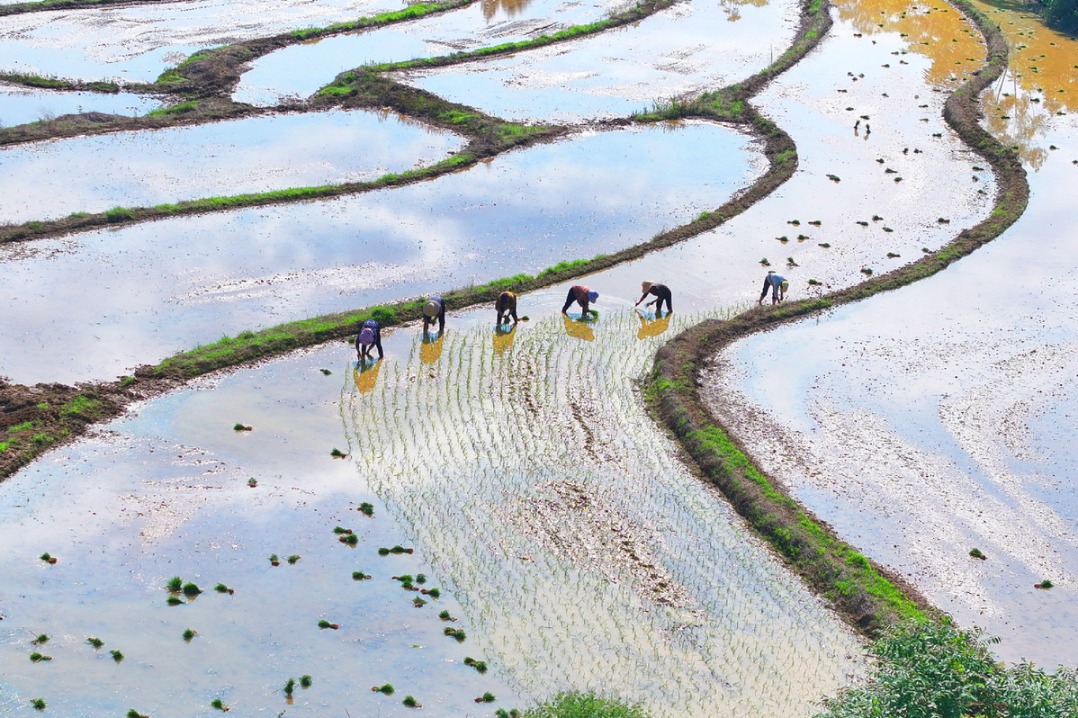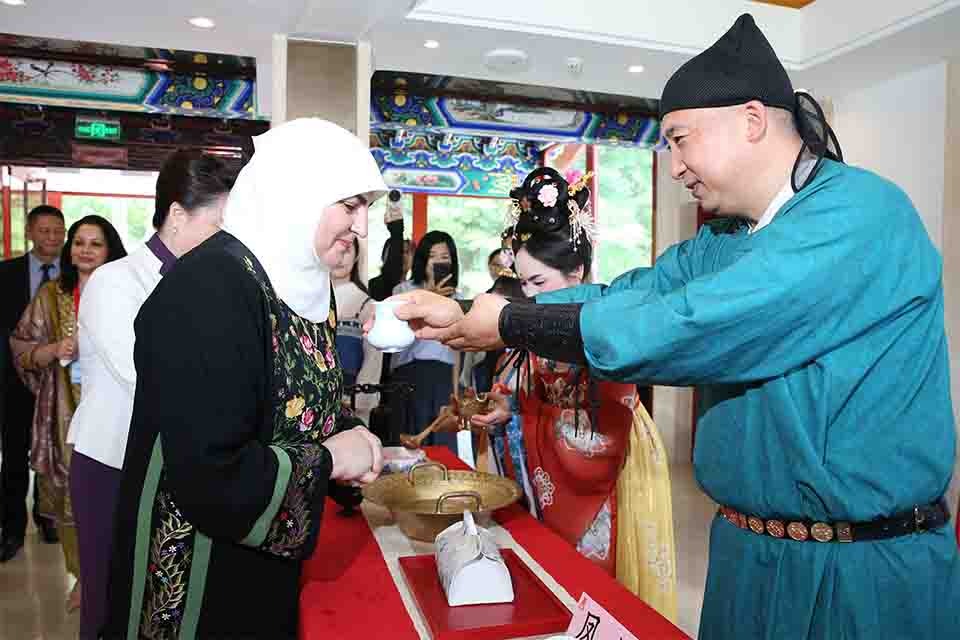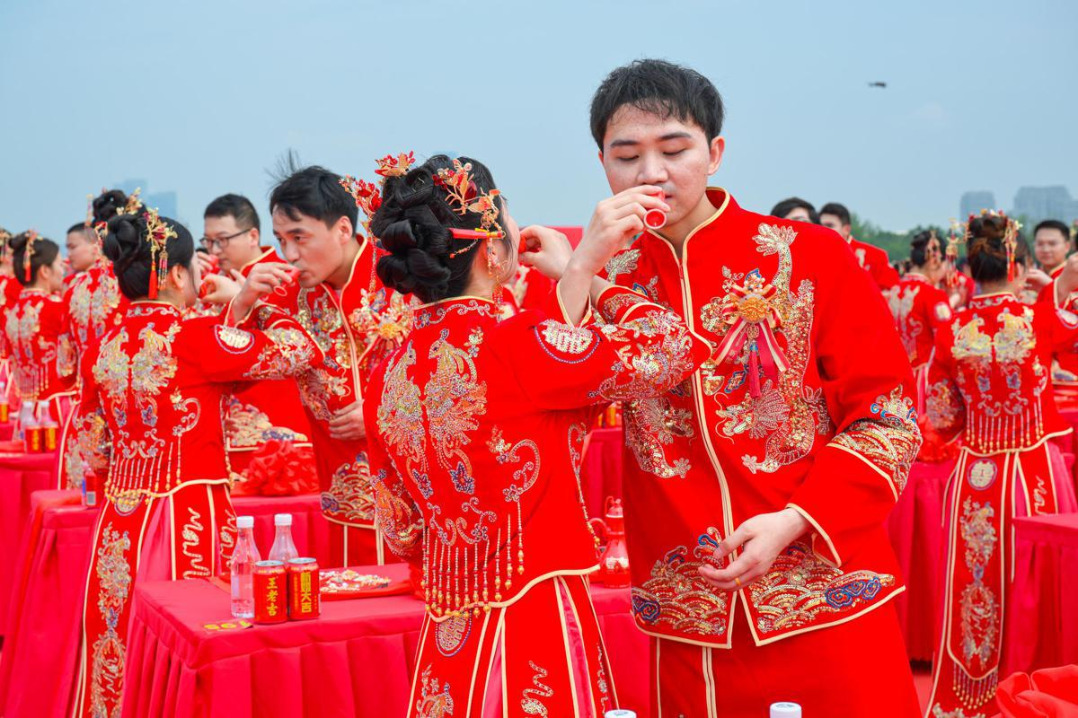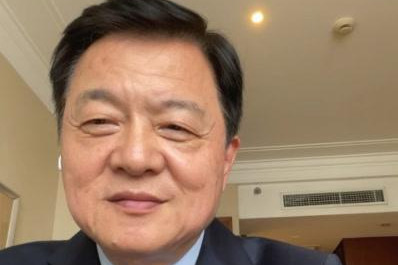Weaving a fluid art world
Art auctions in Hong Kong have seen record-breaking sales as the SAR steps up efforts to turn the city into a hub for arts and cultural exchanges between China and the world. Zeng Xinlan reports from Hong Kong.

Art auctions in Hong Kong have seen record-breaking sales as the SAR steps up efforts to turn the city into a hub for arts and cultural exchanges between China and the world. Zeng Xinlan reports from Hong Kong.

You may have witnessed such scenes at auctions or on television: bright lights shine on time-honored antiques and jewelry that have been handed down through the centuries; men and women, dressed to the nines and confidently raising their paddles until the auctioneer strikes the gavel, and says the item is "sold"!
What's it like walking into an exquisite auction and immersing yourself in a fluid universe woven in artworks that echo with each other? What's it like working in one of the world's biggest auction houses?
"It's a very high adrenaline job," says Francis Belin, president of Christie's Asia-Pacific. "A large auction house projects an image of being glamorous. We have to be in the gallery showing pictures, masterpieces. But, behind the scenes, it's boiling. It's extremely fastpaced."
For each object set to go under the hammer, the auction house, as an agency, has to convince the owner to sell and find potential buyers. And, for each sale, one has to do his or her utmost. "In this business, we say you are as good as your last sale. Maybe you have had fantastic sales for 10 years, but your last sale was bad, and that is what people may look at," Belin says.
Christie's, a 256-year-old auctioneer, holds up to 60 auction sales in Hong Kong each year, both live and online. Normally, they include 15 spring sales in May and 15 in the autumn in November, both held physically at the Hong Kong Convention and Exhibition Centre. About half of them are organized online, sometimes concurrently or in between the two major seasons, says Belin.
"For every single sale, we start from scratch," he says, adding that even the organizers are in the dark as to what will happen. "(Assuming) today is the beginning of January and we know what to sell online in two weeks because it's around the corner. But we don't know what we are going to sell in May or November."
A sale typically takes up to six months to roll out - from planning to exhibition, including the first four months of collecting the works and building up the sale. The following six weeks are for promotion and marketing work, with the auction taking place in the last two weeks.

The first four months of building up the sale are very important, says Belin, as the auction house's specialists get in touch with collectors and put together the artworks object by object and, sometimes, as a whole collection. "The sale itself is just a small part of what we do," he says. "The bigger parts are actually building the sale."
An auction house's most important role, Belin says, is to bring the best to the audience through curation instead of just getting "everything up for sale".
"We are part of what we are recognized for. People want us to excel in what we do because they don't quite know exactly what they are going to find. But they are really excited because they know that we will find a lot of amazing things.
And this is what we want to be. This is what we want to stand for."
"The most expensive artwork sold in Hong Kong is not a Monet. It's neither a Picasso nor a Van Gogh - it's a Song Dynasty (960-1279) piece," says Belin, referring to the 2018 sale of a Chinese painting, Su Shi's Wood and Rock, which is the most expensive artwork ever sold in Asia by the international auction house.
The ink-on-paper scroll painting by Su Shi - a scholar, writer, poet and one of the most important figures in Chinese history - was sold for HK$463.6 million ($59.5 million) at Christie's in Hong Kong, topping the auction house's autumn sales in 2018.
"It was a very memorable moment," says Benin, recalling the November auction "A Thousand Years of the Literati Aesthetic" - a special sale showcasing 19 works spanning a millennium of Chinese history, such as the spindle-leg table dating from Five Dynasties and Ten Kingdoms (907-960) to Artificial Rock No. 94 by Zhan Wang, a Chinese contemporary conceptual artist. Led by Su Shi's masterpiece Wood and Rock, the sale raked in HK$717.3 million.

'A fluid universe'
The initiative was the first of its kind, Belin notes. "Normally, we sell Chinese paintings and Chinese works of art (separately). But this time, we build around the painting because they 'speak to each other'."
To Belin, the art world is a fluid universe where works of art relate to each other, even those from different categories. "It's artificially that we cut into - this is painting, this is work of art, this is watch. This is the way we operate, but the reality is that inspirations are just flowing across all these categories."
Belin has a decade's experience in the industry, leading one of the world's biggest auction houses and having spent 16 years with luxury consumer brands such as Austrian crystal glass producer Swarovski.
Hong Kong's auction market offers an "extremely vibrant environment", he says. "Hong Kong is a fantastic place for us to work in, and the opportunities for Christie's in Asia are phenomenal." The robust auction business is due to Hong Kong's big pool of high-net-worth individuals, free flow of capital and people, the rule of law and the government's support.
Art auctions in Hong Kong have seen record-breaking sales in the city's resilient art market. Christie's lodged its highest ever sales in Asia at Hong Kong's autumn auctions last year with HK$3.8 billion.

Belin said the special administrative region government's supportive measures have also heated up the market. "The Hong Kong government strongly believes that art and culture are part of the city's future. And, you see a lot of attention being put to that, like the West Kowloon Cultural District."
The SAR government has been proactive in promoting the city as a hub for arts and cultural exchanges between China and the world, as highlighted in the nation's 14th Five-Year Plan (2021-25). The West Kowloon project, sitting on a 40-hectare waterfront site, recorded an unprecedented investment of HK$21.6 billion in arts and culture by the government.
Hong Kong Chief Executive Carrie Lam Cheng Yuet-ngor proposed creating a new bureau to handle cultural, sports and tourism affairs at the first meeting of the seventh Legislative Council earlier this month, seeking to put arts and cultural affairs, creative industries and tourism under one bureau.
With art and culture playing a bigger role in the community, trading in art has boomed, making Hong Kong the world's second-largest art market in 2020 after New York. Hong Kong's global art-market share rose from 17.5 percent in 2019 to 23.2 percent in 2020, overtaking London for the first time, according to a report by the Hong Kong Information Services Department.
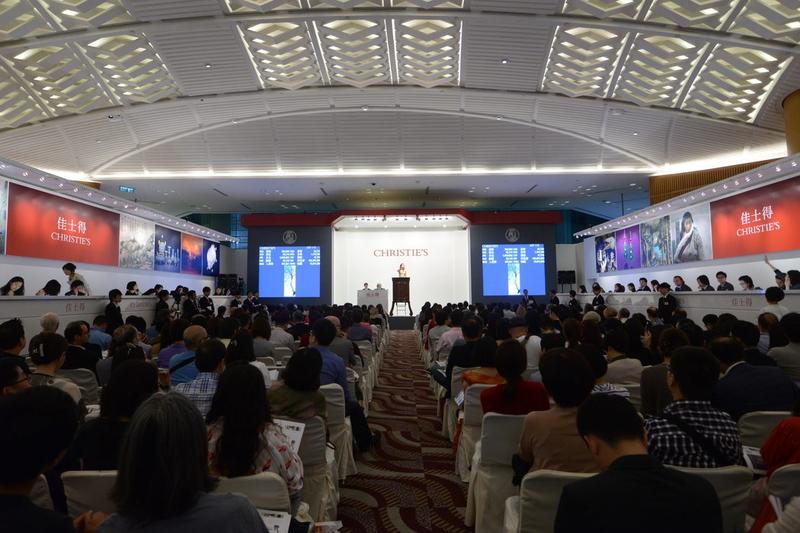
Booming Asian market
"The amount of purchases from Asian collectors has gone up substantially from 2020, which was a difficult year for the art world. The art sector saw a record high last year in everything Asian collectors bought worldwide," says Belin.
The most significant growth was seen in 20th and 21st-century contemporary art which commands the highest value among all categories. The volume of purchases from Asian buyers accounted for 27 percent of the world's total purchases last year - up more than 7 percentage points from 2019, he says.
Besides contemporary art, Asian collectors traditionally have a penchant for luxury goods, including jewelry, watches and bags, as well as Asian art, buying up about 80 percent of Asian art pieces globally.
While there is growing interest in Western art in Hong Kong, Belin believes it is important to foster a cultural identity. "It's important to continue creating an identity for Hong Kong as the platform and window for Asian art," he says.
Hong Kong has been a vigorous and ever-changing society, distinguishing itself from other Asian cities, he says. "Whenever something changes, it's just gonna be better. Amid the pandemic, art and culture are having amazing opportunities."
Belin, who was born in France and educated in Germany, speaks French, English, German, Japanese, Mandarin and Bahasa. He has spent nearly two decades in Asia, having lived in Tokyo, Jakarta and Shanghai, before setting foot in Hong Kong in 2011.
"My life is here," he says, adding that it's Hong Kong where his wife started a business and his three daughters are growing up.
For Belin, there is a silver lining to the pandemic - he can spend more time with his family in exploring the city. "I spend a weekend at Cheung Sha on Lantau Island, go hiking in Sai Kung or take a ferry from Aberdeen to Lamma for a day. But there are still so many rural areas I'm not familiar with."
Out of public view, he reads non-fiction books, loves cycling, enjoys a good glass of wine and is an avid foodie with an appetite for local street food.
"Hong Kong food, generally, is absolutely world-class. This is where you see the diversity of the city and its international reach to the fullest extent," he says.
- Beijing unveils first white paper on biodiversity protection
- Shenzhou XX crew finishes its first space walk
- 19 trapped in SW China landslides
- No booze, no bouquets: China tightens frugal code for officials
- Heavy rainfall causes waterlogging in Central China's Hunan
- China to add 23 vocational universities

















